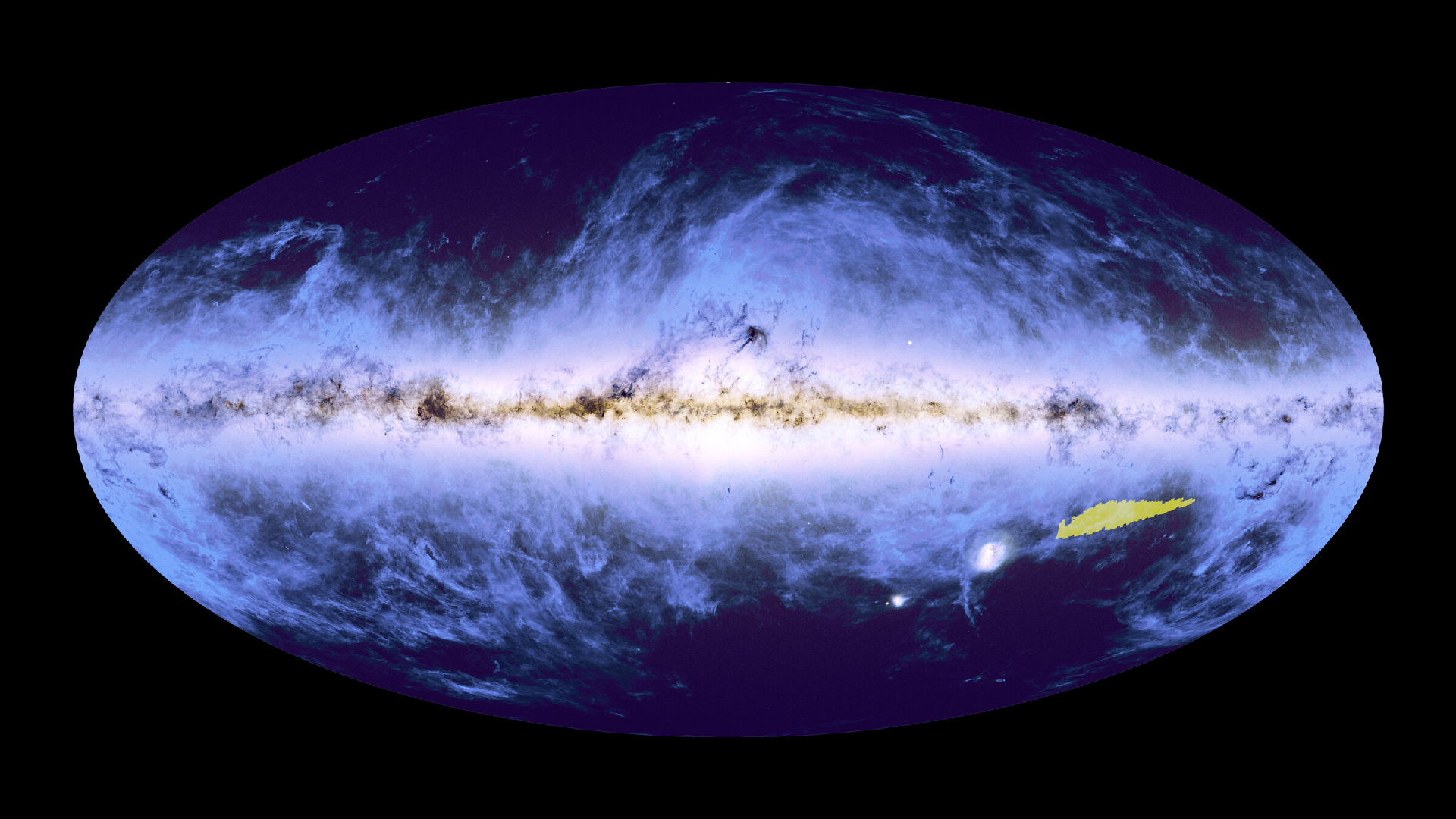JCM, Vol. 12, Pages 2919: Continuing Challenges in the Definitive Diagnosis of Cushing’s Disease: A Structured Review Focusing on Molecular Imaging and a Proposal for Diagnostic Work-Up
Journal of Clinical Medicine doi: 10.3390/jcm12082919
Authors: Tessa N. A. Slagboom Dirk Jan Stenvers Elsmarieke van de Giessen Stefan D. Roosendaal Maartje M. L. de Win Joseph C. J. Bot Eleonora Aronica René Post Jantien Hoogmoed Madeleine L. Drent Alberto M. Pereira
The definitive diagnosis of Cushing’s disease (CD) in the presence of pituitary microadenoma remains a continuous challenge. Novel available pituitary imaging techniques are emerging. This study aimed to provide a structured analysis of the diagnostic accuracy as well as the clinical use of molecular imaging in patients with ACTH-dependent Cushing’s syndrome (CS). We also discuss the role of multidisciplinary counseling in decision making. Additionally, we propose a complementary diagnostic algorithm for both de novo and recurrent or persistent CD. A structured literature search was conducted and two illustrative CD cases discussed at our Pituitary Center are presented. A total of 14 CD (n = 201) and 30 ectopic CS (n = 301) articles were included. MRI was negative or inconclusive in a quarter of CD patients. 11C-Met showed higher pituitary adenoma detection than 18F-FDG PET–CT (87% versus 49%). Up to 100% detection rates were found for 18F-FET, 68Ga-DOTA-TATE, and 68Ga-DOTA-CRH, but were based on single studies. The use of molecular imaging modalities in the detection of pituitary microadenoma in ACTH-dependent CS is of added and complementary value, serving as one of the available tools in the diagnostic work-up. In selected CD cases, it seems justified to even refrain from IPSS.

 1 year ago
39
1 year ago
39


